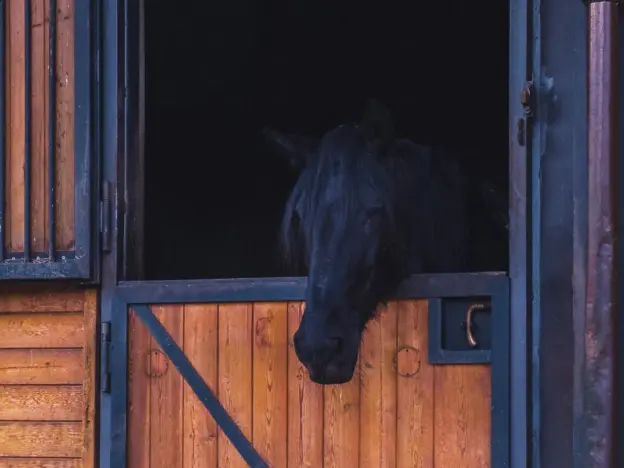Intro
The handsome Bardigiano is a pony breed from the Emilia Romagna region of Italy. Loved by the locals for their strength and endurance for wood and field work in difficult areas. During WWII Italian Bardigiano mares were used to produce mules to feed the war and in the process nearly decimated the pureblood of the breed.
Origins
The origin of this breed comes from the horses of Belgian Gauls who invaded Italy during Roman times. The same ancestor was thought to produce Avelignese. The Bardigiano also shows physical similarities to Exmoors and even more so Dales ponies and Asturcons. This small horse takes their name from the town of Bardi in the Apennines of Parma. Terrain in the area is steep and mountainous, which has shaped a robust, hardy animal that is as agile as it is sure-footed.
After WWII stallions of several different breeds were introduced to the area and the bloodlines became even more diluted, as did the specific traits of the original breed.
A Pure Strain
However small herds of pureblood animals were found, preserved by mountain agriculturists in the area. In 1977 the breed was officially recognized in an attempt to preserve and document their bloodlines. The official stud book was also established, held by the the regional animal breeders’ association of Parma, Associazione Provinciale Allevatori.
Modern Bardigiano
The Bardigiano is widely distributed in Italy, with breeders in 26 different Italian provinces. While the breed isn’t lost, they were classed as ‘vulnerable’ in 1994. At that time the breed standard was modified with the intention of increasing the suitability of the Bardigiano as a saddle horse while preserving its character. Today the DAD-IS lists them as endangered and as of 2023 there were 2973 of them left.
Features
Average height 13.2 – 14.1 hands
Small and sturdy
Physique
Head is light, has a slightly concave profile and a jutting upper lip
Neck is arched with a wide base and thick crest
Medium length back
Legs are slim and strong
Hooves are large and very hard
Traditional Colors
Temperament
Docile nature and easy to work with
Great children’s horse
Use
Mountain trekking
Horse therapy
Show horses
Meat
Pleasure horse
Helpful Links
Associazione Nazionale degli Allevatori di Cavalli di Razza Bardigiana
